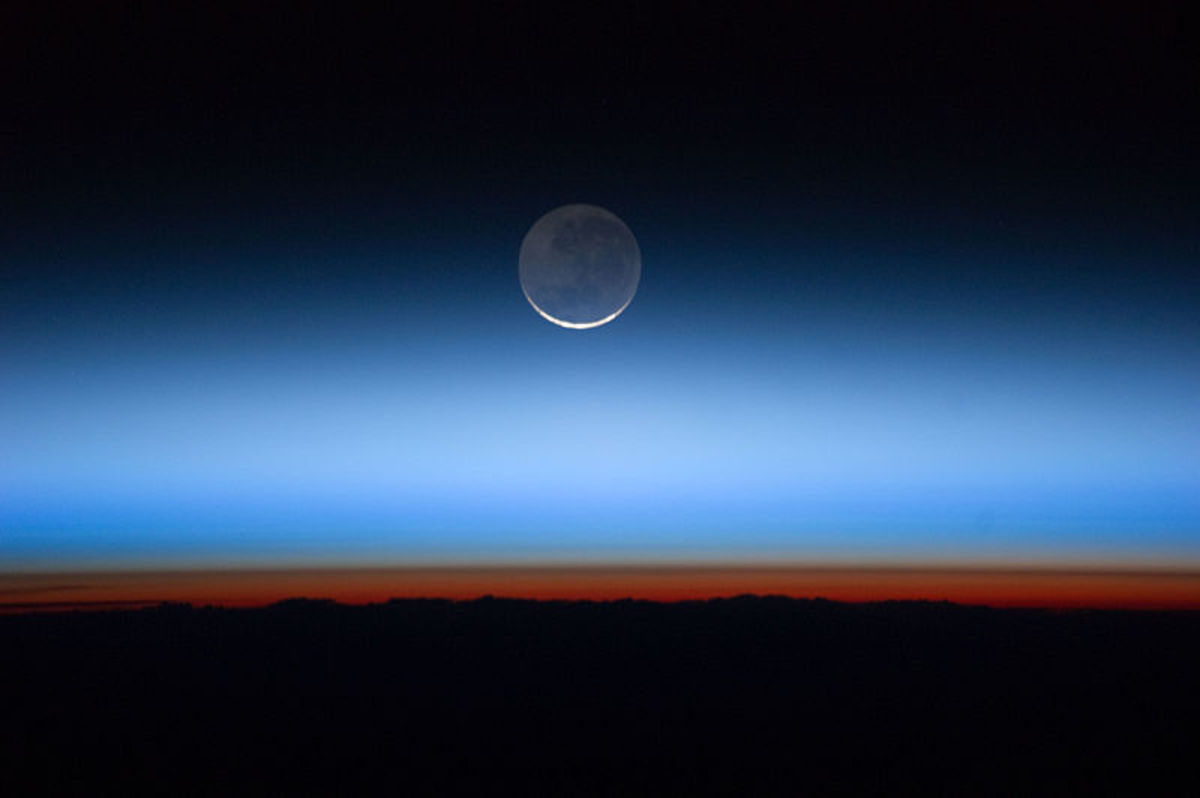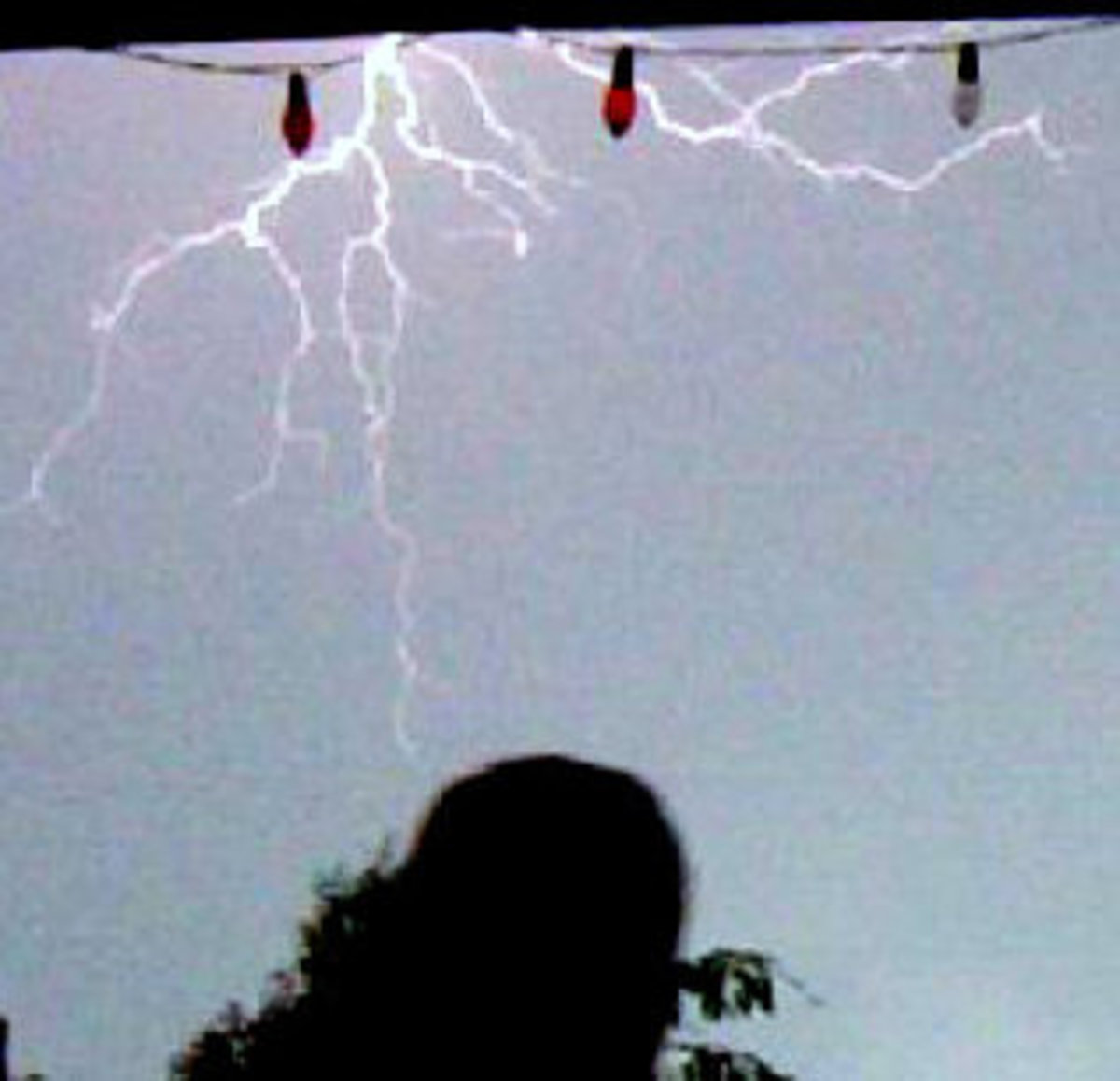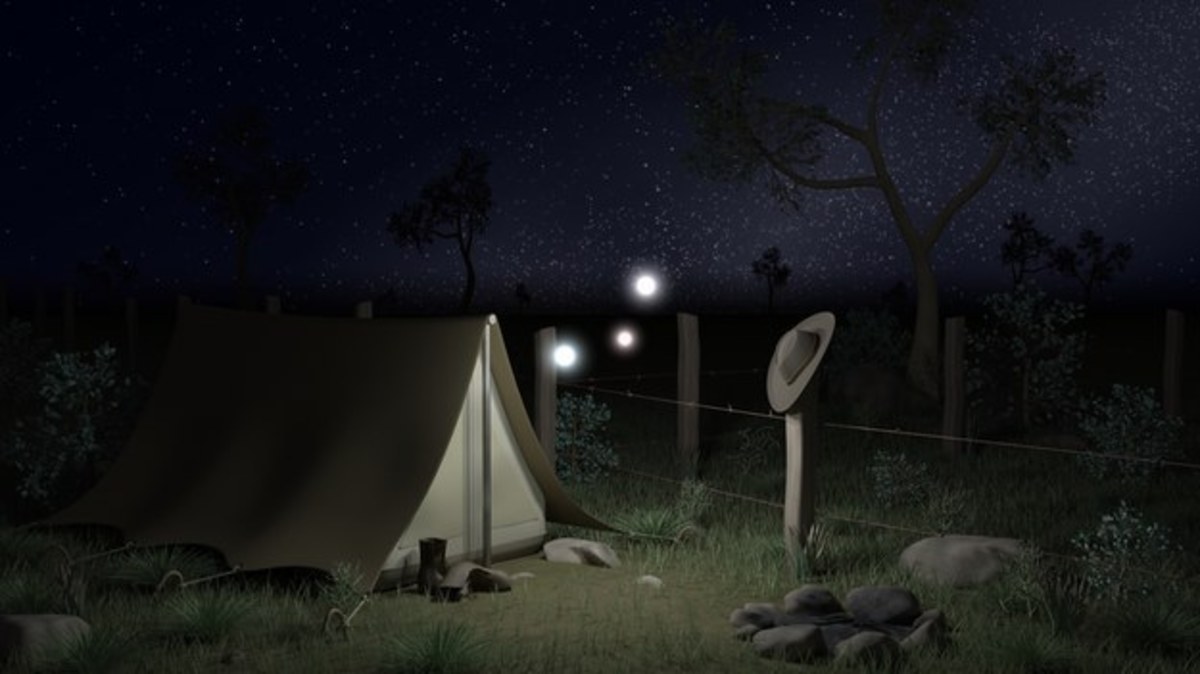What Makes the Sky Red?
Sunlight is Scattered in the Sky
The earth´s horizon may change tinge throughout the day. It may go from red to blue in a single day, depending on the time of day. In the morning, it may show reddish, orange and yellowish nuances and bluish at noon and then red orange and yellow matices before sunset. It is only when we take the time to carefully observe the Sun that we will notice the various tinges it acquires. Before sunlight penetrates the atmosphere and reaches the earth´s surface, it has to go through a great amount of dust particles and molecules in order to reach our eyes. The sun´s rays are scattered in the sky, with some wavelenghts being scattered more than others.
Higher frequency light, including violet and blue, which have a wavelength ranging between 380-450 and 450-475 nanometers respectively is scattered to a greater extent than shorter wavelengths, such as yellow, orange and red whose wavelengths are between 570-590, 590-620 and 620-750 nanometers respectively. The scattering of light in the atmosphere is proportional to the fourth power of light wavelength, therefore, the higher frequencies (blue, indigo and violet) become more scattered than the lower frequencies (yellow, orange and red).
It is this pronounced scattering of high frequency light that gives the sky its characteristic blue color. Although violet is more easily scattered when interacting with atmospheric particles, our eyes are more sensitive to perceive light with blue frequencies which becomes apparent when we witness the blue sky.
Red Sky
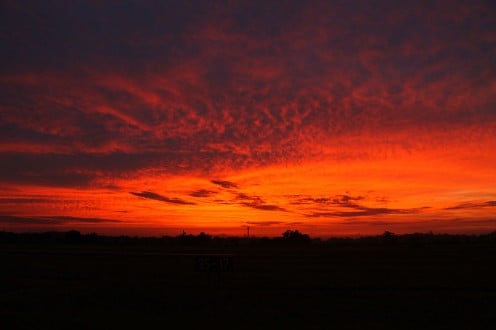
The Sun at Noon
When the sun is high in the sky, it shines through the whole spectrum of visible light. Most of the wavelengths of the spectrum are able to reach the surface of the Earth, giving the Sun its bright color. Some wavelengths, such as blue and violet are deviated when colliding with the particles in the atmosphere, providing the noon sky its characteristic blue color. The lower frequencies, including the green and red longer wavelengths are able to pass through the atmosphere in an uninterrupted path. When the red and green wavelengths are combined, they produce a yellowish color, creating the characteristic yellow color of the Sun at mid-day.
The dispersion of the light spectrum in the sky is known as Rayleigh scattering. Through the Rayleigh scattering, portions of light of different wavelengths are scattered when they collide with the particles composing the atmosphere. The scattering of light in the atmosphere is proportional to the fourth power of wavelength. The visible light spectrum includes wavelengths in the ranges between 400-700 nanometers. Wavelengths in the ranges between 400-475 nanometers are more scattered than the wavelengths between 570-750 nanometers which are shorter.
Rayleigh scattering
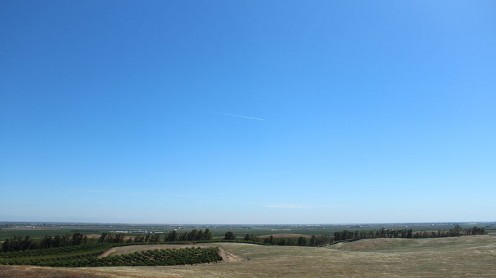
Sunrise

Reddish Nuances of a Morning Sunrise
When the Sun raises early in the horizon, it appears in a faint reddish hue. The distance that light has to displace itself through the atmosphere is longer than at noon due to the fact that the Sun is lying at a different angle at sunrise than at noon and light has to go through a denser atmosphere.
Higher frequencies get dispersed the most, and this can be witnessed in the various bluish and violet nuances around the morning sunrise. the reddish color of the Sun at dawn intensifies because sunlight has to overcome a higher density of particles in the atmosphere. According to Rayleigh scattering, the higher frequency wavelengths (violet and blue) are most commonly scattered in the sky than the lower frequency wavelengths (yellow, orange and red).
As red is the lower frequency wavelength of the visible spectrum, it gets scattered at a reduced amount, allowing its frequencies to reach the eyes of an observer on Earth, giving that reddish color which is characteristic of a red dawn; however, as the Sun continues raising in the sky, it gradually acquires different tinges.
As the Sun approaches noon, it will gradually acquire distinctive colors. This is so because sunlight has to traverse shorter distances in the atmosphere as the Sun raises gradually at different angles in the sky. From a reddish hue at sunrise, it will turn orange and then yellow at noon, reflecting the various colors of the visible spectrum from the lowest frequency wavelength (red) to the higher frequency wavelengths (orange and yellow).
© 2012 Jose Juan Gutierrez




